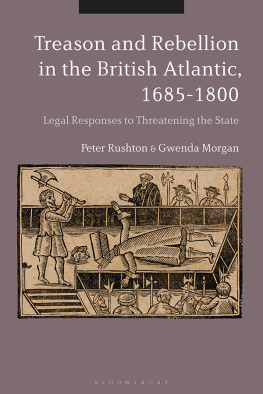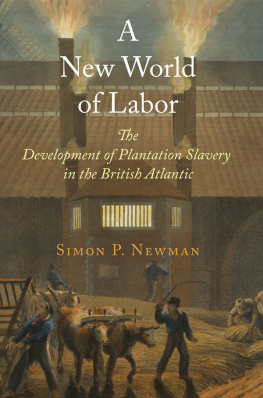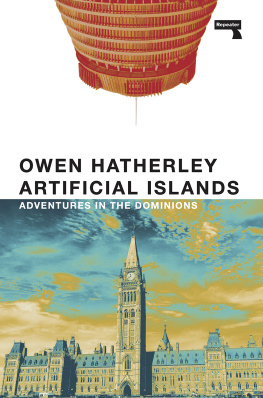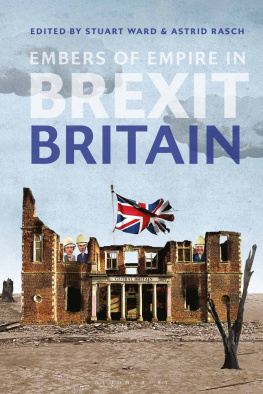S. Max Edelson - The New Map of Empire: How Britain Imagined America before Independence
Here you can read online S. Max Edelson - The New Map of Empire: How Britain Imagined America before Independence full text of the book (entire story) in english for free. Download pdf and epub, get meaning, cover and reviews about this ebook. year: 2017, publisher: Harvard University Press, genre: Business. Description of the work, (preface) as well as reviews are available. Best literature library LitArk.com created for fans of good reading and offers a wide selection of genres:
Romance novel
Science fiction
Adventure
Detective
Science
History
Home and family
Prose
Art
Politics
Computer
Non-fiction
Religion
Business
Children
Humor
Choose a favorite category and find really read worthwhile books. Enjoy immersion in the world of imagination, feel the emotions of the characters or learn something new for yourself, make an fascinating discovery.

- Book:The New Map of Empire: How Britain Imagined America before Independence
- Author:
- Publisher:Harvard University Press
- Genre:
- Year:2017
- Rating:5 / 5
- Favourites:Add to favourites
- Your mark:
The New Map of Empire: How Britain Imagined America before Independence: summary, description and annotation
We offer to read an annotation, description, summary or preface (depends on what the author of the book "The New Map of Empire: How Britain Imagined America before Independence" wrote himself). If you haven't found the necessary information about the book — write in the comments, we will try to find it.
After the Treaty of Paris ended the Seven Years War in 1763, British America stretched from Hudson Bay to the Florida Keys, from the Atlantic coast to the Mississippi River, and across new islands in the West Indies. To better rule these vast dominions, Britain set out to map its new territories with unprecedented rigor and precision. Max Edelsons The New Map of Empire pictures the contested geography of the British Atlantic world and offers new explanations of the causes and consequences of Britains imperial ambitions in the generation before the American Revolution.
Under orders from King George III to reform the colonies, the Board of Trade dispatched surveyors to map far-flung frontiers, chart coastlines in the Gulf of St. Lawrence, sound Floridas rivers, parcel tropical islands into plantation tracts, and mark boundaries with indigenous nations across the continental interior. Scaled to military standards of resolution, the maps they produced sought to capture the essential attributes of colonial spacestheir natural capacities for agriculture, navigation, and commerceand give British officials the knowledge they needed to take command over colonization from across the Atlantic.
Britains vision of imperial control threatened to displace colonists as meaningful agents of empire and diminished what they viewed as their greatest historical accomplishment: settling the New World. As Londons mapmakers published these images of order in breathtaking American atlases, Continental and British forces were already engaged in a violent contest over who would control the real spaces they represented.
Accompanying Edelsons innovative spatial history of British America are online visualizations of more than 250 original maps, plans, and charts.
S. Max Edelson: author's other books
Who wrote The New Map of Empire: How Britain Imagined America before Independence? Find out the surname, the name of the author of the book and a list of all author's works by series.










